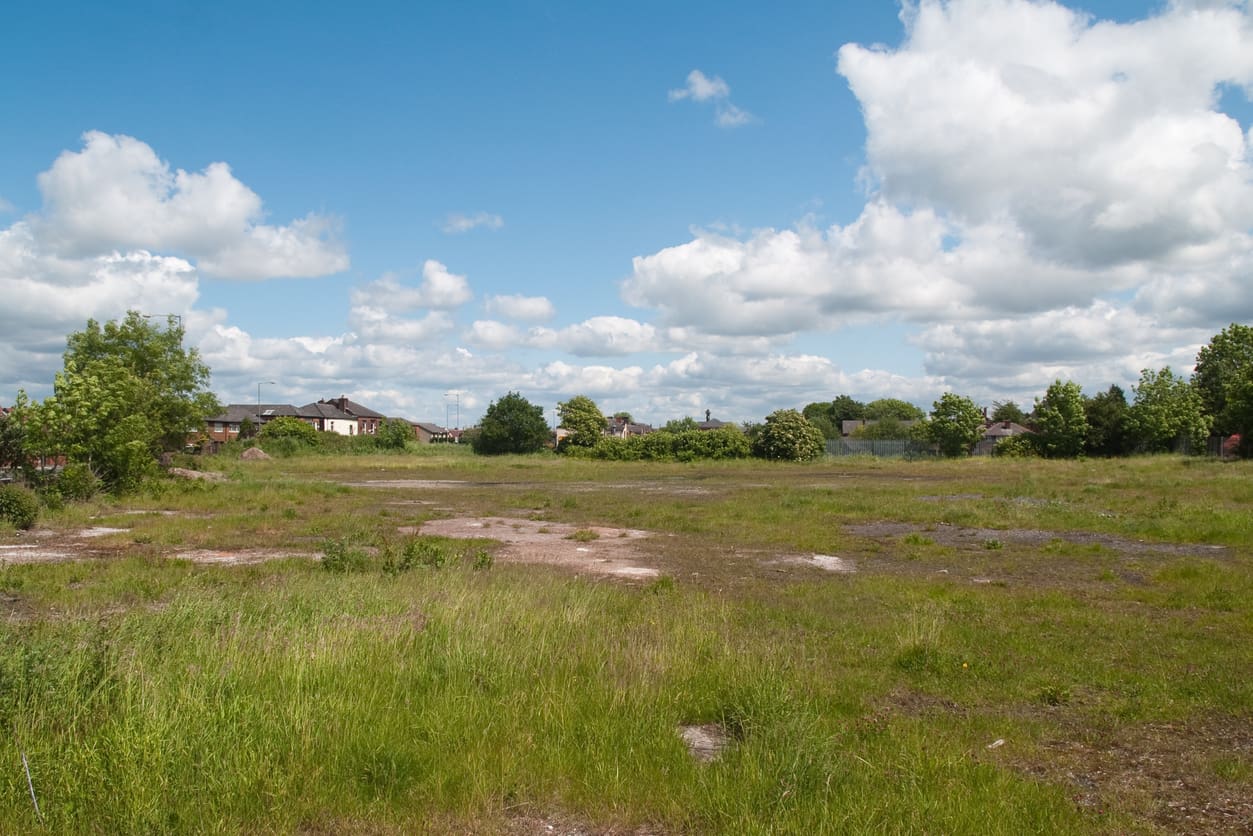Brownfield is booming, with recent government funding pushing it to the top of every local council’s built environment agenda. Howel Morris, Rodgers Leask, welcomes the current flurry of activity, but is the next generation being primed to sustain the brownfield boom?
Prioritisation of brownfield development across the country is right at the top of the government’s agenda.
At the end of 2023, the third round of the £180m Brownfield Land Release Fund 2 had been allocated an additional £80m.
The promise of investment in the millions has perked up many across the built environment sector, whether the money can tap into the potential of brownfield regeneration on a significant scale or not.
This current boom means the conversations around this dynamic area are getting their due, and its complicated issues are being addressed with the hope that solutions can be found.
There has been a long evolution within brownfield regeneration
In the past, before awareness of the understandable pressures of climate change and sustainability, clients were more willing to pay for land remediation.
The costs were lower, making it the more attractive option for many, but problematic brownfield ground can no longer simply be dug up and moved.
The increases in landfill tax and fewer landfills have meant that the industry had to become more innovative and creative when finding solutions and remediation options that are not just efficient, but sustainable.
Coming up with innovative solutions is not straightforward, however. Brownfield sites can be notoriously tricky to navigate, depending on how much data and information you have before starting a project. This is where technology has helped incredibly.
Investment from the public and private sectors is crucial
Historically, engineers and architects would have had to rely on simplistic 2D modelling and lengthy reports to understand a site, but progress in technological tools, 3D modelling, and sleek digital visuals has meant our knowledge about specific sites can be presented as a virtual reality walkthrough.
Of course, investment from the public and private sectors is crucial if we want to continue utilising the technologies to the fullest extent of the sector’s capabilities.
As more companies become interested in brownfield regeneration—for example, developers who work with housing associations—early collaboration between ground engineers, civil engineers, and contractors becomes paramount to a successful development.
Additional costs can quickly add up when there is an initial lack of clarity between the different groups, potentially delaying a project in the later stages.
Having an open dialogue means enhanced time and cost efficiency. The best options among many can be found, and because each stakeholder has had a direct and early say, there is more confidence that the team can deliver a project on time and on budget.
Collaboration cannot sustain the brownfield boom alone
Across the built environment sector, there are warnings regarding the current and potential skill gaps within our industry. From a ground engineering point of view, the gap that I see in my day-to-day work is not in the number of people coming through the doors but in their exposure to complex projects.
There is a lot of talent in the next generation, especially as they learn to implement new technologies rapidly during their degrees and apprenticeships. But that talent will remain untapped until we put them in the middle of work where innovation can flourish.
Sometimes, young people are placed in more simple project work due to their lack of experience, but the best way to train talent is to put them in situations that are new and interesting to them, with supervision.
Not only does this keep them engaged, but it gives them a chance to develop multiple high-level skills at the same time.
This ‘exposure’ gap could lead the next generation of ground engineers to become less agile later in their careers. If a person is not involved enough on complex sites and learning to solve more intricate issues, it sets them on the back foot later in their careers when they are expected to lead on such projects.
Many different factors will dictate whether this current brownfield boom will be sustained in the coming years, but one factor we can control is talent.
Ground engineering has more than enough people ready at the helm, but we need to make sure we are placing people in challenging environments that are good for their long-term development—not just big projects that look good on their CVs.
Technology can further drive the ‘brownfield boom’
In the past, projects had longer remediation programmes, meaning that clients had the time to see the value of engineers and the innovation they can bring to a site. Current projects have tighter timescales, stricter budgets and the capacity to allow for less experienced workers to gain exposure on these sites has been reduced.
This is one of the factors out of our control but is improved dramatically with virtual 3D walkthroughs, allowing options to be discussed at each point prior to breaking ground on site.
Longer projects tend to be more conducive to the development of the next generation as they have time to build a solid understanding of the site conditions and can then be more confident to suggest how the solution might evolve.
This scenario is less possible on shorter schemes and there are drawbacks in undertaking shorter project work in the long term.
Brownfield regeneration’s current boom is welcome, but I’m more excited about its possible future. With technological advancements and government prioritisation, there is a chance to truly unlock brownfield’s potential in the UK.
However, if the industry wishes to sustain this boom, we must also look at not only getting young people into the industry but minimising the exposure gap. The more of the next generation of ground engineers we can place in complex, challenging projects, the brighter the future for brownfield regeneration.














